Mammalia

Duck-billed Platypus
Ornithorhynchus anatinus

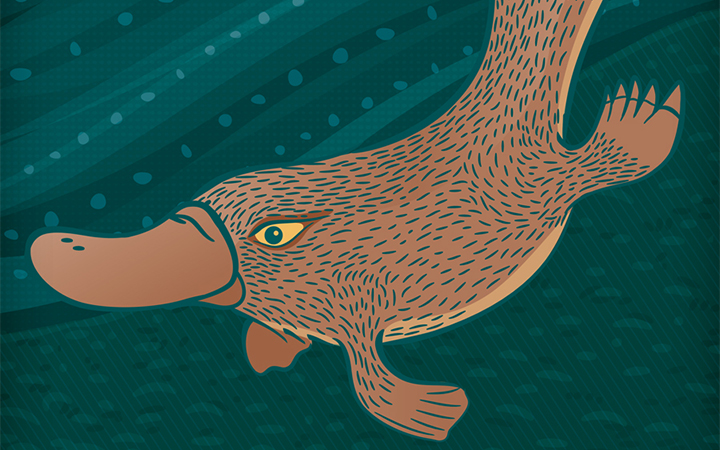
8 POINTS
Play: The platypus has a MOVE of 2 and must feed off of a FRESHWATER TERRAIN card.
Fact: The platypus is only one of a very few mammals that lay eggs instead of giving birth.

Megatherium
Megatherium americanum

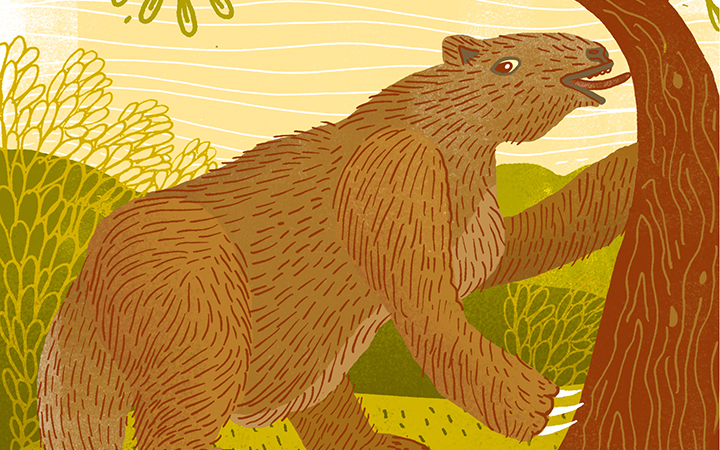
4 POINTS
Play: Megatherium has a MOVE of 2 and is EXTINCT.
“To my great joy I found the head of some large animal, imbedded in a soft rock. — It took me nearly 3 hours to get it out: As far as I am able to judge, it is allied to the Rhinoceros.” Darwin, 1832: On finding a Megatherium specimen.

Fitzroy Dolphin
Lagenorhynchus obscurus


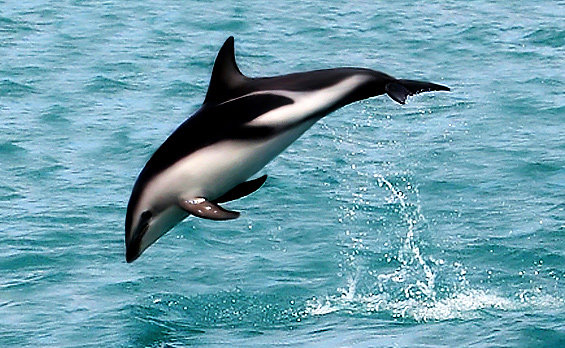
8 POINTS
Play: This dolphin has a MOVE of 2.
Fact: Darwin described this species as Delphinus fitzroyi from a specimen harpooned off Argentina in 1838.

Glyptodon
Glyptodon Genus


4 POINTS
Play: Glyptodon has a MOVE of 2 and is EXTINCT
Fact: Darwin described the fossils as “a large animal, with an osseous coat in compartments, very like that of an armadillo.”

Darwin’s Fox
Lycalopex fulvipes


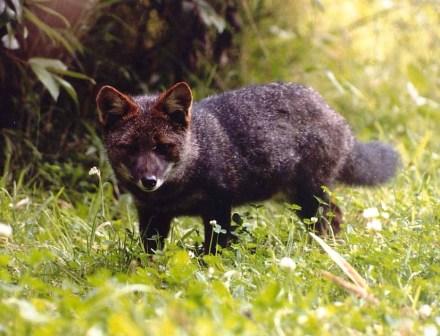
4 POINTS
Play: Darwin’s Fox has a MOVE of 2.
Fact: Darwin’s fox was first collected from San Pedro Island off the coast of Chile by the naturalist Charles Darwin in 1834.

Galapagos sea lion
Zalophus wollebaeki

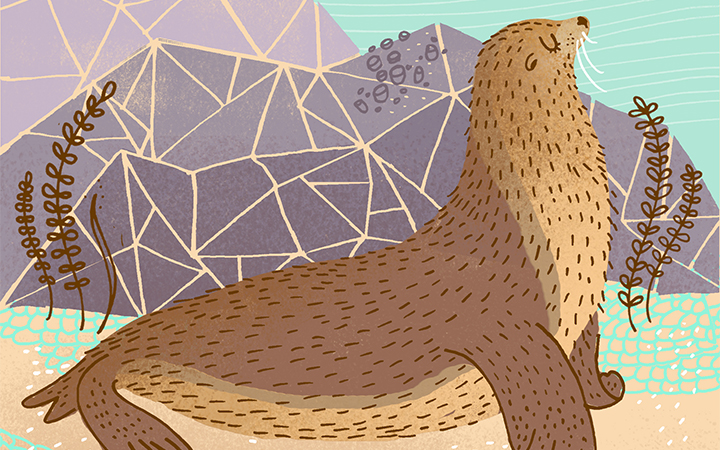

8 POINTS
Play: This sea lion has a MOVE of 2.
Fact: Their loud bark, playful nature, and graceful agility in water make them the “welcoming party” of the Galapagos Islands.